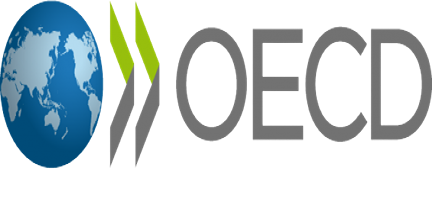The OECD published a toolkit designed to assist developing countries in tackling transfer pricing challenges associated with lithium pricing. This initiative is part of the ongoing collaboration between the OECD and the Intergovernmental Forum on Mining, Minerals, Metals, and Sustainable Development (IGF) focused on addressing Base Erosion and Profit Shifting (BEPS) issues within the mining industry.
The toolkit utilises the transfer pricing framework outlined in Determining the Price of Minerals: A Transfer Pricing Framework for lithium. The framework provides practical guidance for countries to accurately delineate the transaction and price of lithium exports on an arm’s length basis.
Interested parties were invited to provide comments on a preliminary version of the practice note during a public consultation process. The public consultation was initiated on 6 November 2023, and the OECD published the comments received on 26 February, 2024.
This mineral pricing schedule does not replace, alter, or affect the OECD’s Transfer Pricing Guidelines (TPGs) (OECD, 2022) interpretation of Article 9 of the OECD Model Tax Convention (OECD, 2017) or the application of countries’ domestic transfer pricing laws and the interpretation of those laws by the respective tax administration.
This guidance emphasises the application of the comparable uncontrolled price method to intragroup transactions involving lithium brines and minerals.
In applying the comparable uncontrolled price method to related-party mineral sales, the
comparability factors or economically relevant characteristics outlined in Paragraph 1.36 of the 2022 OECD TPGs are to be considered.
There are three primary comparability or economically relevant factors to consider that are particularly relevant when applying the comparable uncontrolled price method to scenarios involving related-party mineral sales:
- The characteristics of the product, such as the physical features and quality of the commodity;
- The economic circumstances that existed at the time the sales agreement was entered into—that is, the period of the arrangement and;
- Contractual terms, such as quantity transacted, transportation terms, payment terms, insurance, quotation periods, foreign exchange, and treatment and refining charges.

















